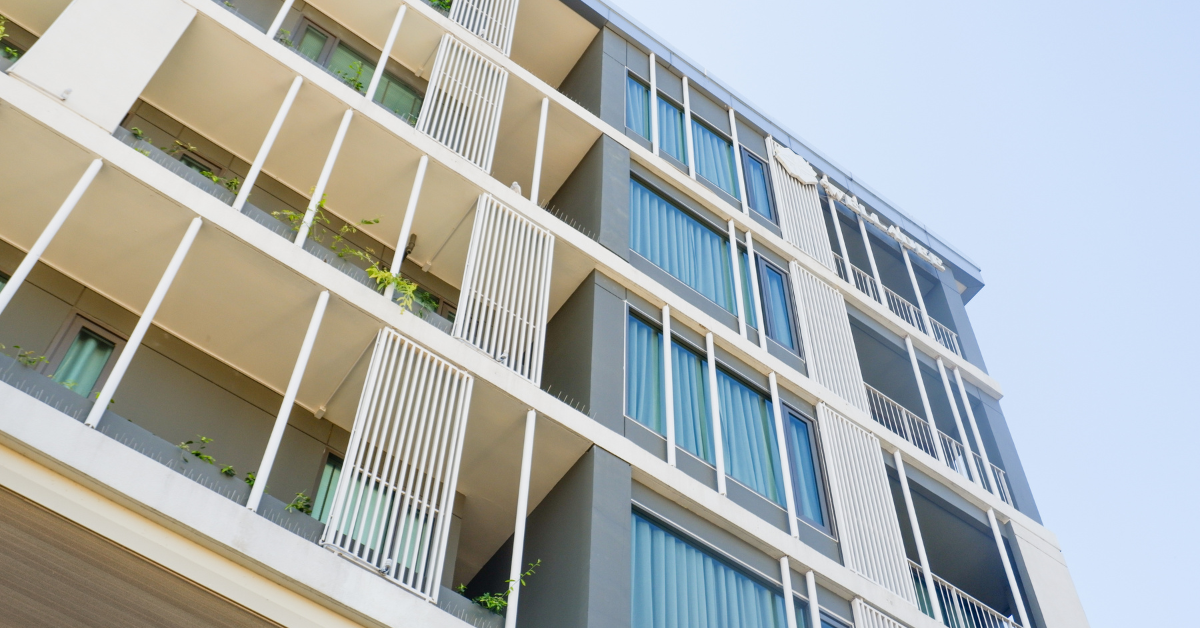“There is More to S2760” – Community Trends

Most people in the community association world are now aware of New Jersey’s Senate Bill S2760, commonly known as the Structural Integrity and Reserve Act (“Act”). This legislation introduces crucial provisions for condominium and cooperative buildings, addressing structural integrity, mandating periodic inspections, and improving reserve funding requirements. As community associations prepare for the transition from developer control, it’s essential to understand both new and existing developer obligations under this law.
Essential Developer Obligations:
One of the first and most significant obstacles an association faces during transition is obtaining good records regarding the construction of their community. With the passage of S2760, developers must comply with the new requirements for any development approved or phase added after the effective date of S2760. Associations should make sure that when reviewing the information and material turned over from the developer, they include the following:
- Pre-Transition Requirements:
- Primary Load-Bearing System Report: Before a CO is issued for a new Covered Building, a New Jersey Licensed Professional Engineer must confirm that the primary load-bearing system conforms to approved plans. If changes were made, the developer must provide updated plans.
- Structural Integrity Reports: The developer must make available any reports or documents relating to the structural integrity of Covered Buildings.
- Preventive Maintenance Schedule: The developer must provide a preventive maintenance schedule that includes periodic inspections of the building’s structural components.
- Budget: The developer must provide a budget for the costs associated with the administration and maintenance of common elements, including adequate reserves for capital improvements and the cost for the preventive maintenance set forth in the Preventive Maintenance Schedule. The developer’s budget must also include funding for future reserve studies and required structural integrity inspections.
- Transition Requirements (Within 60 days of selling 75% of units):
- a. Construction Documentation: The developer must deliver:
- Plans and specifications used in construction (buildings, equipment, mechanical components, site improvements)
- As-built plans reflecting the actual conditions of buildings and site improvements, especially the identification of field changes affecting primary load-bearing systems.
- A certificate in affidavit form from the Developer, their agent, or a New Jersey licensed Engineer or Architect confirming the accuracy of the provided plans.
- Permits issued within one year.
- Copies of certificates of occupancy.
- Copies of all written warranties still in effect.
- a. Construction Documentation: The developer must deliver:
- Challenges and Considerations:
- Document Availability: Often, developers claim records are unavailable, lost, or not yet ready. This can burden associations with increased costs for determining as-built conditions and engineering assessments.
- Safety Concerns: Insufficient information about a building’s infrastructure can lead to unsafe conditions for residents, visitors, and contractors.
- Standardization: There’s no mandated format for inspection reports, potentially leading to variations in completeness between developers and engineers.
- Subjectivity: The adequacy of calculated reserves may be subjective based on repair and replacement costs assumptions
- Potential Pushback: Developers may resist findings or funding obligations outlined in inspection reports.
- Potential Pushback: Developers may resist findings or funding obligations outlined in inspection reports.
- Proactive Approach for Associations:
- Legal Review: It is extremely important for associations to obtain legal counsel to examine all transition materials to determine compliance with the structural and reserve requirements.
- Independent Validation: Hire an independent engineer to confirm the completeness of the plans provided and verify the developer’s inspection report findings and reserve calculations.
- Develop a comprehensive maintenance and capital replacement plan aligned with the reserve study.
- Implement policies for ongoing reserve contributions and funding mechanisms.
- Work closely with managers, attorneys, and engineers to obtain and maintain a complete package of construction-related documents. For large communities and high-rise buildings, plans and construction documents may warrant a dedicated filing system.
Conclusion:
Obtaining complete construction records for a new community is invaluable, and having those documents will save the Association money and help the community operate efficiently and safely. S2760 aims to enhance transparency and accountability during the transition process from developer to association control. By understanding these requirements and taking a proactive approach, community associations can better safeguard their interests, ensure long-term financial stability, and maintain the structural integrity of their properties. While challenges may arise in implementation and enforcement, thorough review and diligence during the transition process are crucial for these communities’ future success and sustainability.
To read the original article in Community Trends click here.





